Noclipping is no joke: the strange world of The Backrooms explained
Here's what happens when the internet goes all out on a creepy worldbuilding venture.
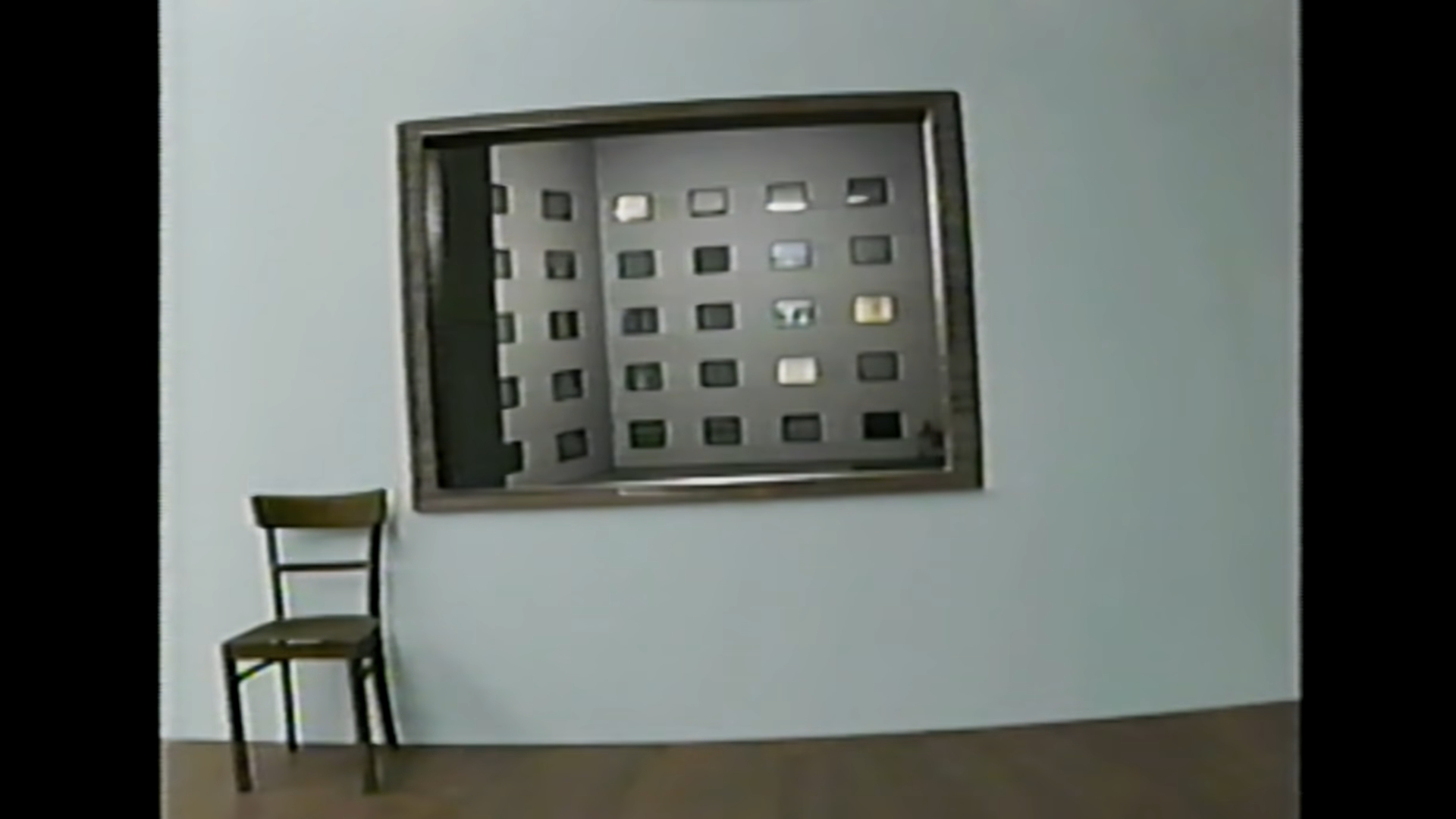
Imagine an endless hallway. Fluorescent lighting flickers dimly against stained, yellowing walls. Doorways lead to empty rooms, or circle back on themselves. You are alone, forgotten in a purgatorial nightmare, and something's watching you.
Welcome to The Backrooms.
If your childhood was spent exploring the strange, dark and mysterious corners of the internet, such as Sfogs (now Hungzai) or Creepypasta.com, then the Backrooms phenomenon is likely to be right up your alley. It's something I came across when browsing the Liminal Space subreddit, which sees users posting images of eerily nostalgic, abandoned spaces.
Scrolling through took me right back to my teen years of trawling for ghost stories and urban legends on the web, and the need to go spelunking into the unknown arose with a vengeance. The images seem to capture something uncomfortable, a feeling no one can pinpoint. So, partly out of morbid curiosity, and partly to get a handle on my own emotions, I went for a deep dive into the phenomenon, with a focus on The Backrooms specifically.
The origin of The Backrooms
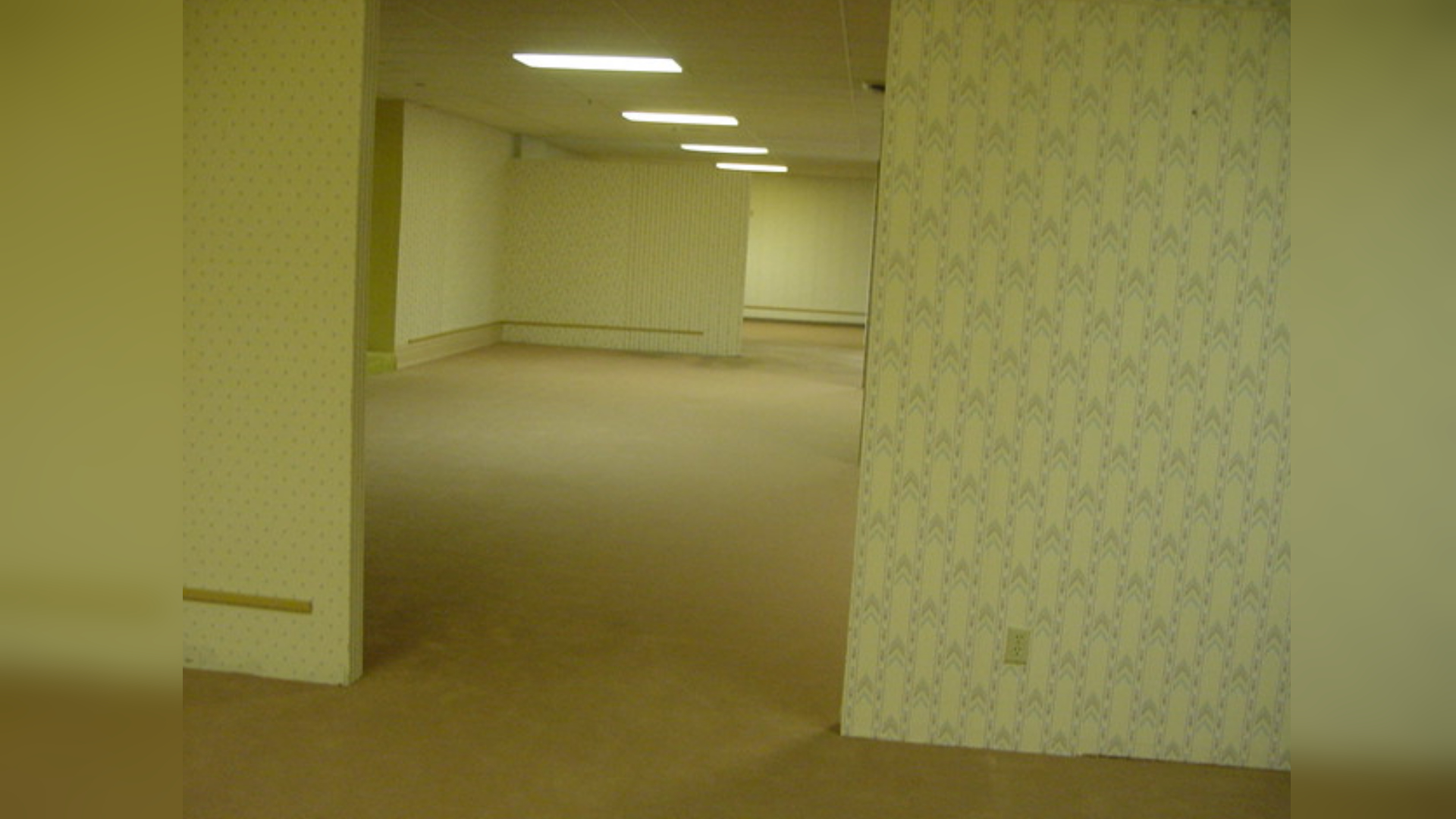
May 12, 2019. The image above was discovered on 4chan's /x/ board, supposedly a photo taken in an abandoned section of the Anonymous poster's workplace. From there, The Backrooms began to gain traction and started to branch off as a subgenre of the airy and nostalgic Liminal Spaces that had been paving the way as an internet aesthetic since 2010.
Soon enough, a central idea surfaced around some already established gaming terminology, in that if you were to accidentally 'noclip' out of reality, you'd end up in The Backrooms. It began with some creepypastas, and the trend snowballed into a huge, crowdsourced worldbuilding venture, with an exhaustive wiki to boot. More Recently, prominent Youtuber Kane Pixel started posting Backrooms found footage vids, which brought about a kind of Backrooms revival.
The lore now consists chilling vids and theories around who created and controls The Backrooms, and its countless clusters of levels, sublevels, and 'Anomalous' levels.
Keep up to date with the most important stories and the best deals, as picked by the PC Gamer team.
Each level is unique, and every one is designed to evoke the fear, nostalgia and uncertainty the Backrooms is famed for. Its Wiki Entries span from the creepy to the downright obscure, and there's even a bestiary of 'Entities' to explore, if you're not feeling like sleeping tonight.
It's a maze-like representation of man's inner turmoil, complete with the roaming incarnations of our innermost fears.
It also includes descriptions of groups that inhabit the different zones, which Backrooms fans will associate themselves with, including The M.E.G. (Major Explorer Group) which seeks to "help wanderers, and enact a government in the Backrooms to cease anarchy and chaos."
Backrooms content has been popping up all over the web, my favourite adaptations being the Tiktoks that have people zooming into a random spot on Google Earth, to reveal an entrance to The Backrooms.
There have even been several Backrooms games designed around the phenomenon, too, including one you play in VR. That one gets a big nope from me, though. Horror in VR is not for me, but I especially hate the idea of being fully immersed in this unconstant, yellowish torment.
An internet aesthetic
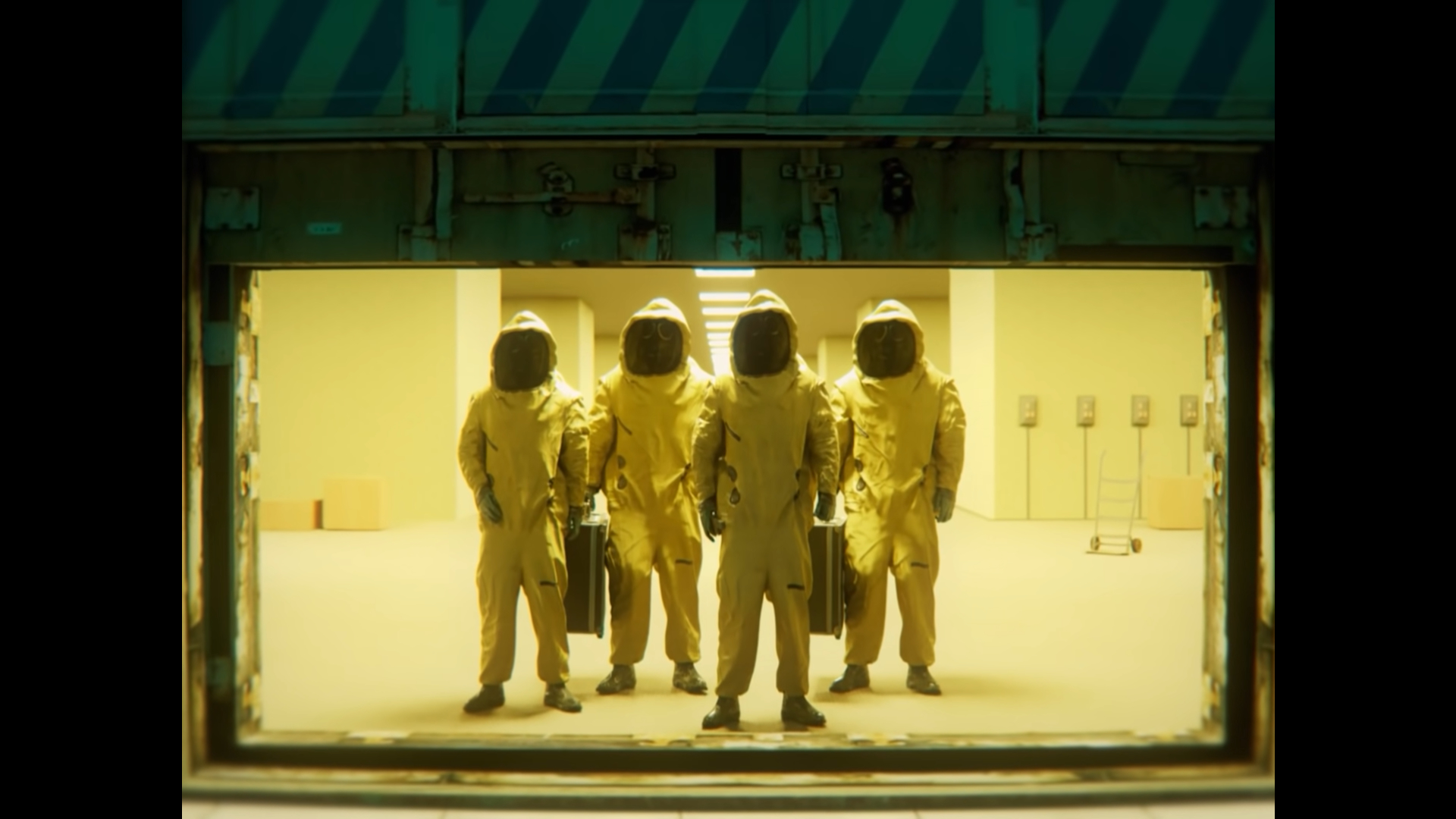
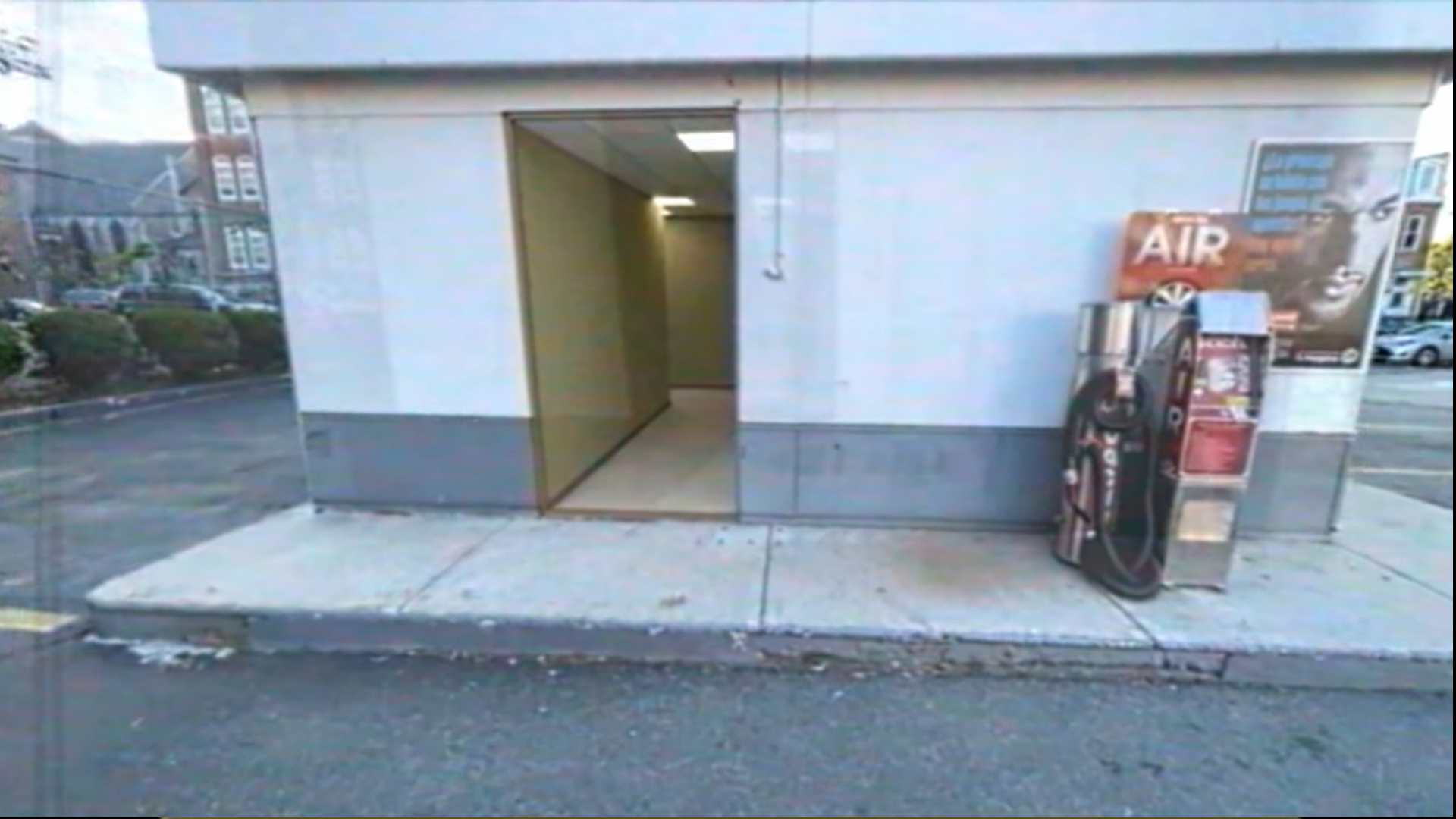
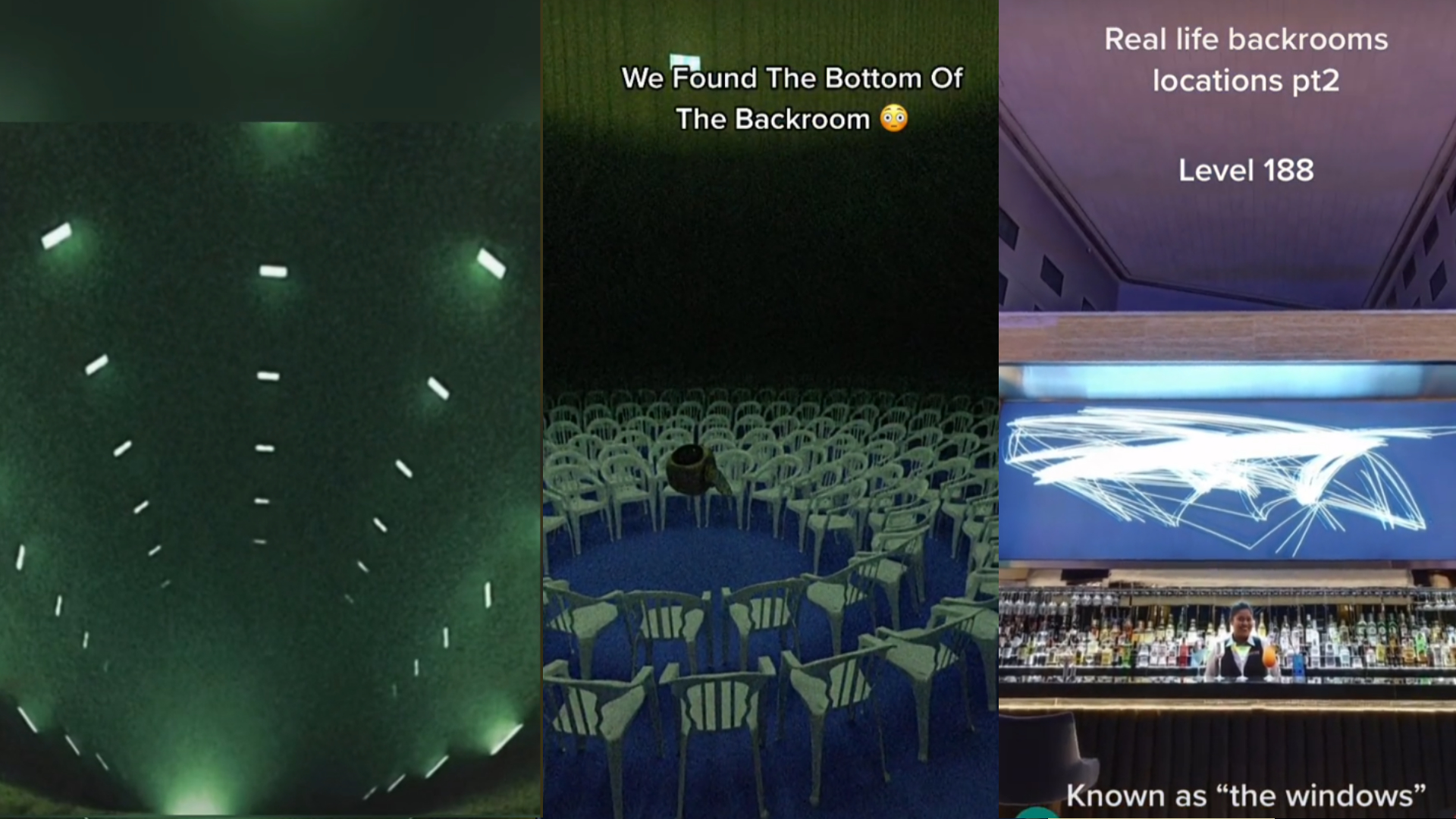
The Backrooms, along with the overarching Liminal Space, comes under the umbrella of creepy internet 'aesthetics.' It's sister to the Dreamcore and Traumacore movements, both of which evoke this sense of unease in their own ways. While they focus on (as the names suggest) dreamscapes and childhood trauma, The Backrooms aesthetic focuses on the fear of being lost and forgotten.
It does so by depicting these derelict, indoor liminal spaces, intensely lonely photos that are sometimes edited to contain strange entities. You might call it a modern take on the Greek myth of the Labyrinth, a maze-like representation of man's inner turmoil, complete with the roaming incarnations of our innermost fears.
For a more modern comparison it's similar in concept to the gargantuan, Escheresque setting of the old Manga series, Blame! by Tsutomu Nihei (as pointed out by Clark Elieson). The manga's setting, 'The City,' is an immense megastructure that continues to be built as an AI's approximation of what a city should look like, long after humanity has been all but extinguished. The astronomical sizes of these empty chambers, and nonsensical geometry make them simultaneously awe-inspiring and panic-inducing.
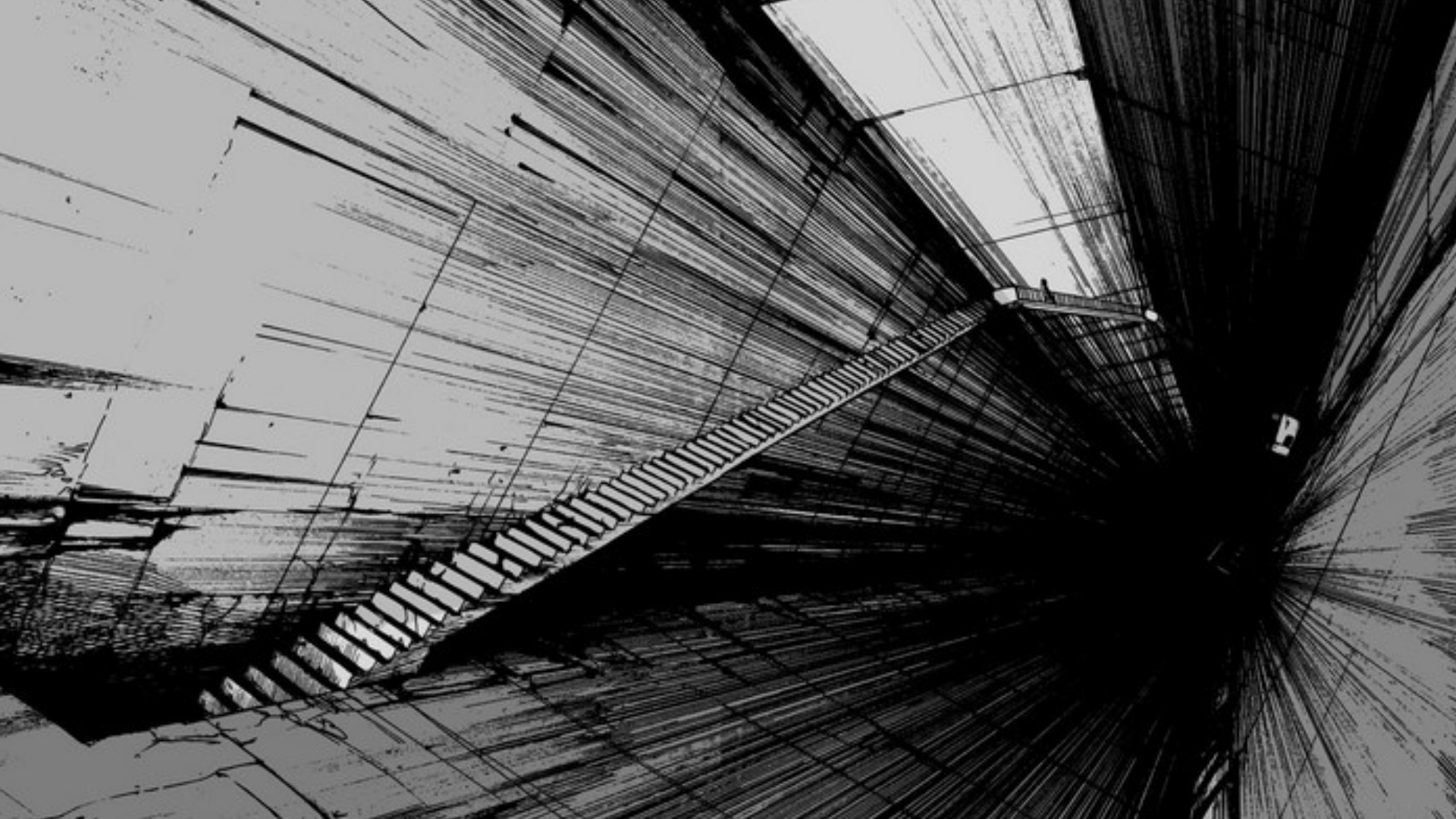
Even the twisted, non-Euclidian city of R'lyeh in H.P. Lovecraft's iconic Call of Cthulhu could be cited as inspiration for The Backrooms, in its "broad impressions of vast angles and stone surfaces—surfaces too great to belong to any thing right or proper for this earth."
Context is key
Much like The Backrooms, the three examples above intersect at a kind of uncanny valley of place. Rather than the uncanniness present in the almost human faces of AI robots, the Backrooms phenomenon similarly takes our understanding of places as being designed for human use and enjoyment, and strips it of almost all traces of humanity.
They're simply shells, architectural cadavers disconnected from all that we are.
This omission of human interaction is what many people attribute their discomfort to when browsing liminal spaces, since without human interaction to give these spaces context they're simply shells, architectural cadavers disconnected from all that we are. A smattering of bogeymen doesn't go amiss, either.
For me, at least, The Backrooms is a frightening look at the collective hive-mind. One that's littered with this kind of macabre hope. It seems to say to me "Let's freak each other out and, at the same time, revel in the fact that we are not, in reality, hopelessly lost."

Screw sports, Katie would rather watch Intel, AMD and Nvidia go at it. Having been obsessed with computers and graphics for three long decades, she took Game Art and Design up to Masters level at uni, and has been rambling about games, tech and science—rather sarcastically—for four years since. She can be found admiring technological advancements, scrambling for scintillating Raspberry Pi projects, preaching cybersecurity awareness, sighing over semiconductors, and gawping at the latest GPU upgrades. Right now she's waiting patiently for her chance to upload her consciousness into the cloud.

